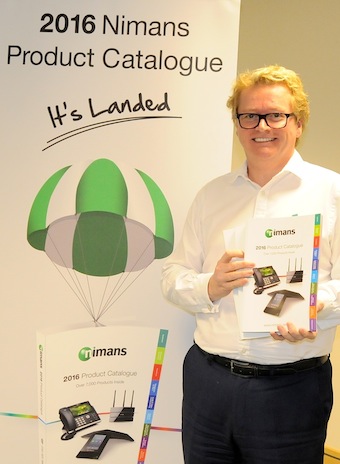SIPHON Networks has secured 148th place in the Deloitte 2015 Technology Fast 500 EMEA.
Rankings are based on percentage revenue growth over the last four years; and during this period SIPHON grew by 644% per cent.
"Securing a position in the Deloitte Technology Fast 500 is an impressive feat, especially given the highly competitive and rapidly changing environment of the technology industry," said David Cobb, Deloitte UK and partner in charge of the Deloitte Technology Fast 500 EMEA programme.
"We congratulate SIPHON on being among the most dynamic and successful technology companies in the region."
Steve Harris, co-founder and MD of SIPHON, added: "Being recognised as one of the 500 fastest growing technology companies across Europe, the Middle East and Africa is a significant milestone for us at SIPHON, especially as we look to take steps to expand into new European markets."
Rob Smith, co-founder and Technical Director at SIPHON, stated: "Making the Deloitte Technology Fast 500 EMEA ranking is a tremendous achievement, not least because it recognises the commitment that SIPHON has made to innovation and technology-enablement through the disruptive solutions that we continue to bring to our customers in the evolving market for cloud-based UC."

 The 2016 edition of Nimans' Product Catalogue includes information on 7,000 products across 460 page.
The 2016 edition of Nimans' Product Catalogue includes information on 7,000 products across 460 page. A fund raising event held by New Star Networks (NSN) and charity customer Avante Care & Support marked a milestone double for both organisations - NSN's fifth anniversary and the charity's 25th year in operation.
A fund raising event held by New Star Networks (NSN) and charity customer Avante Care & Support marked a milestone double for both organisations - NSN's fifth anniversary and the charity's 25th year in operation.